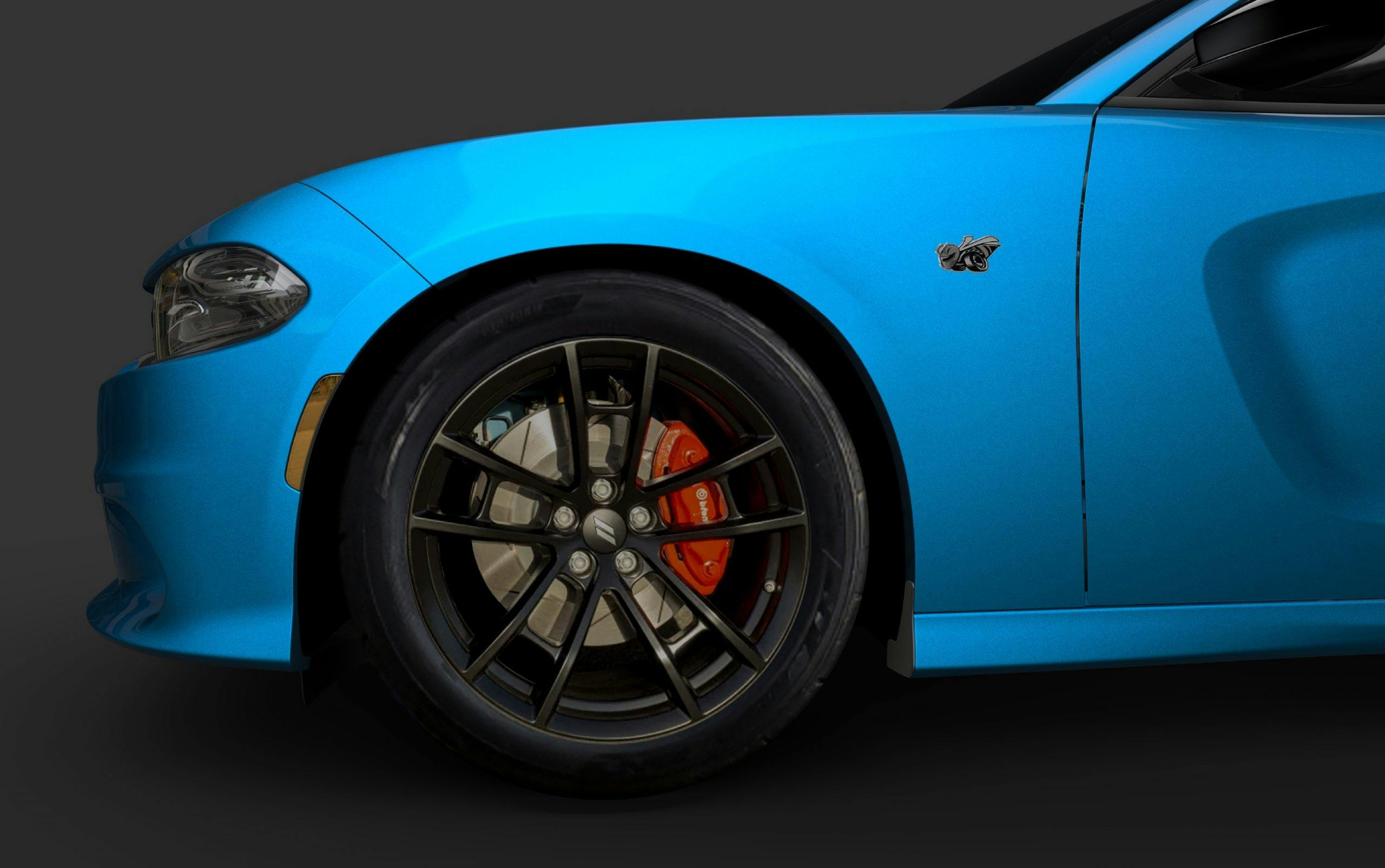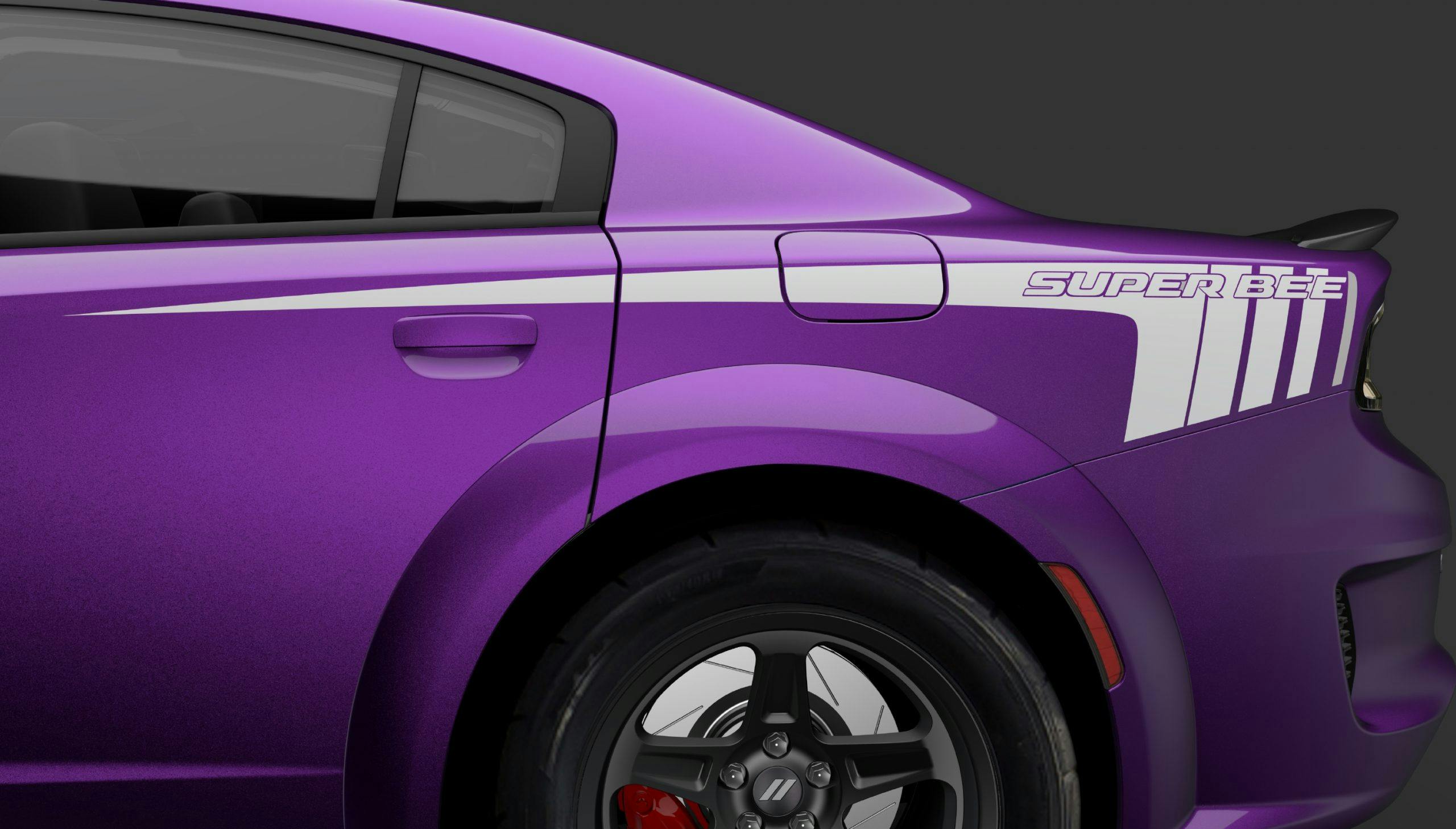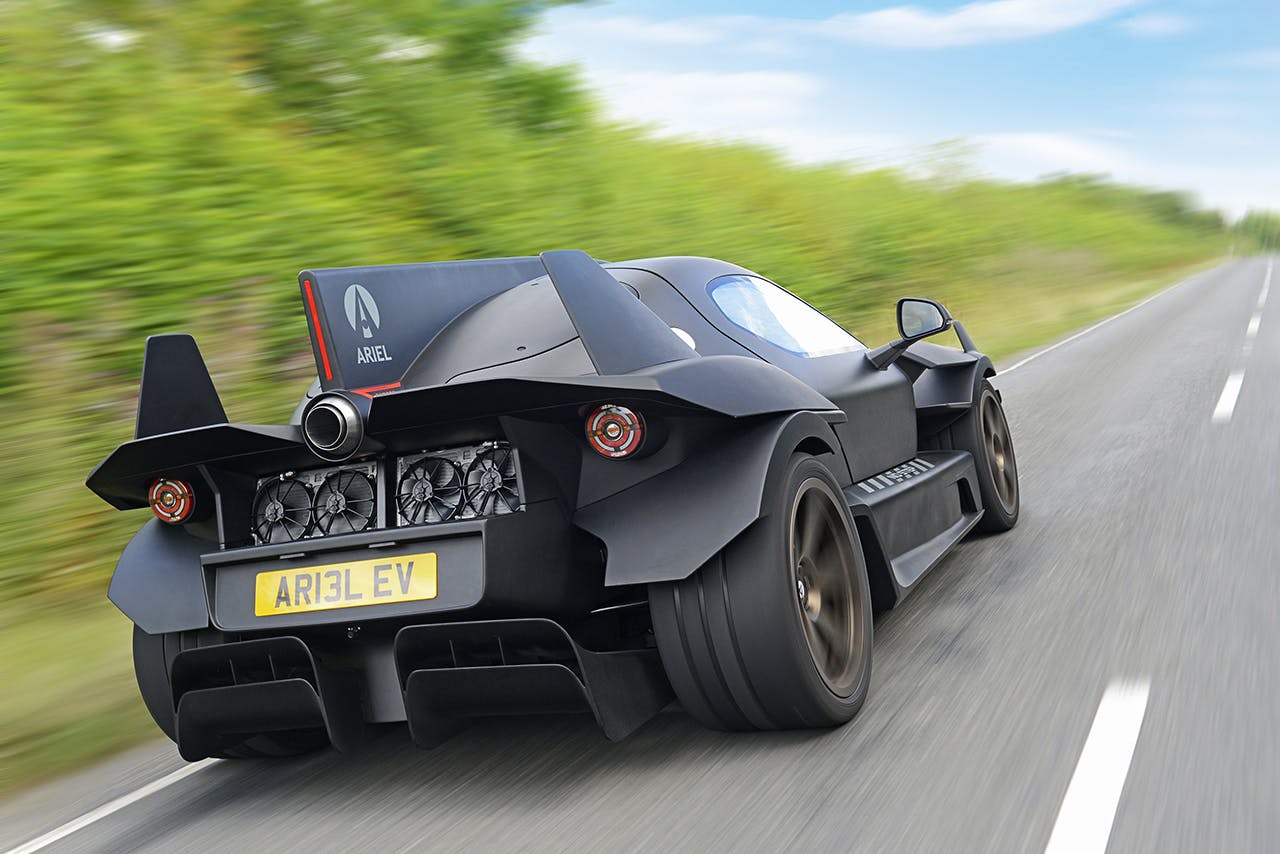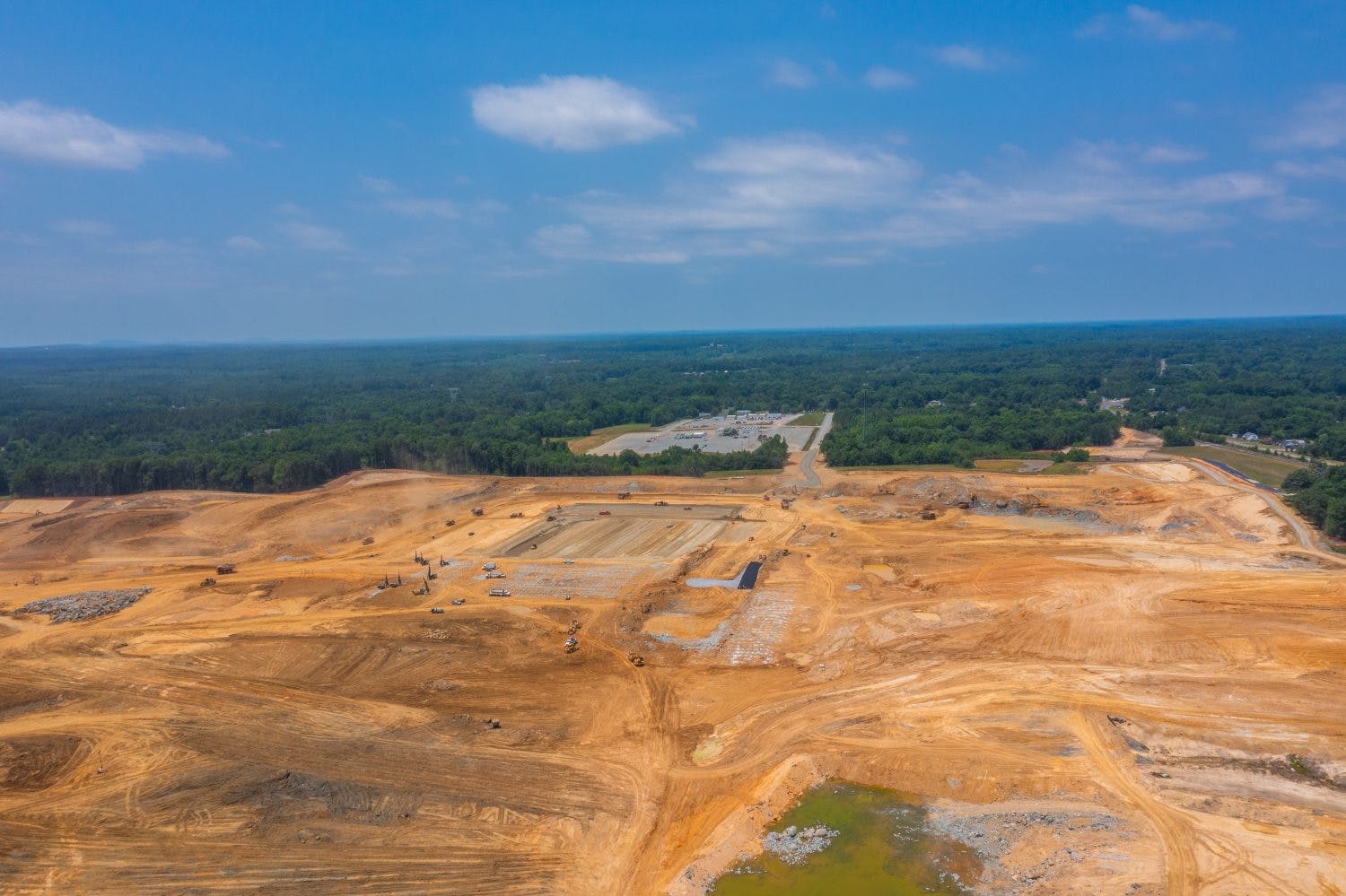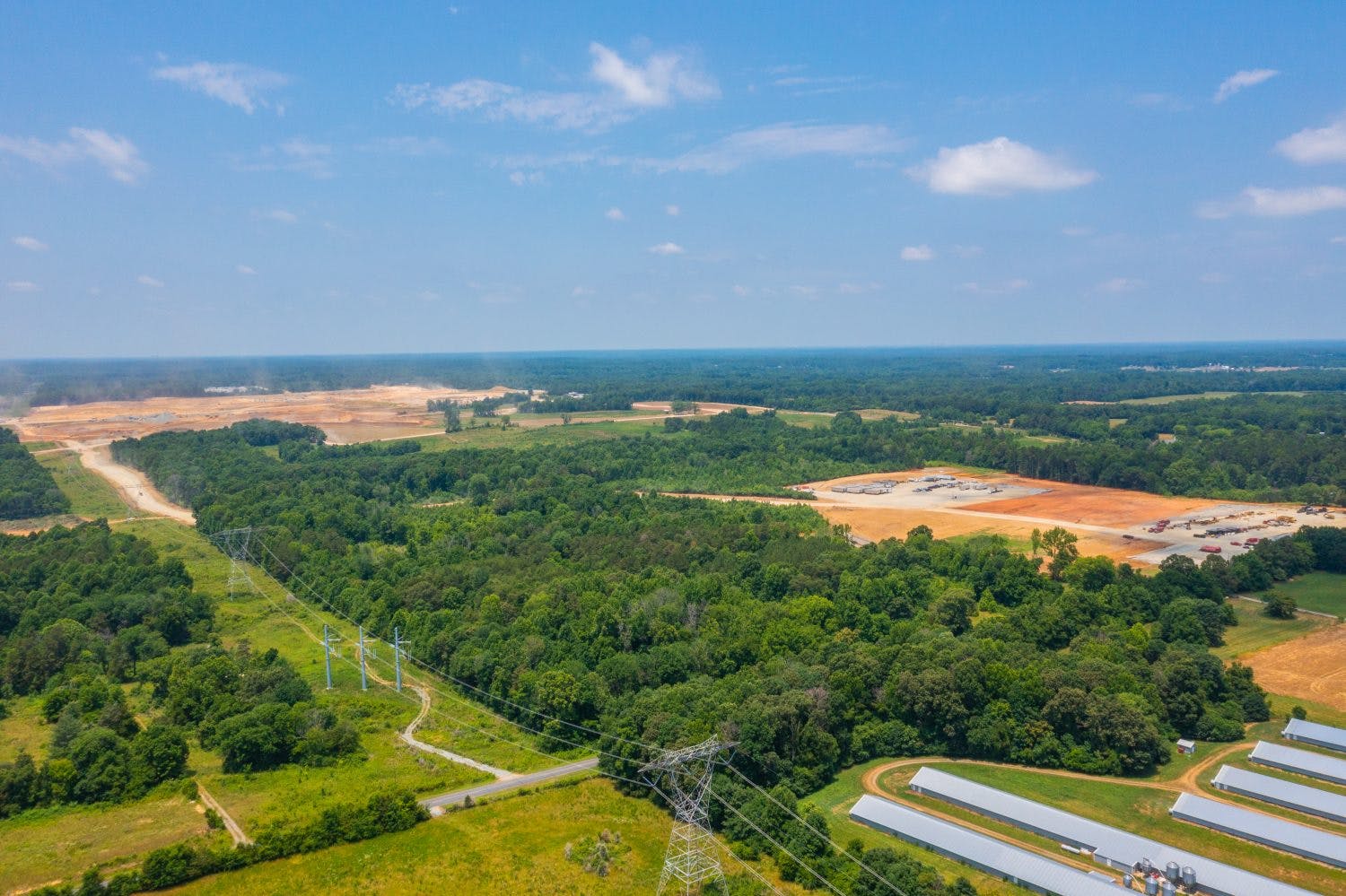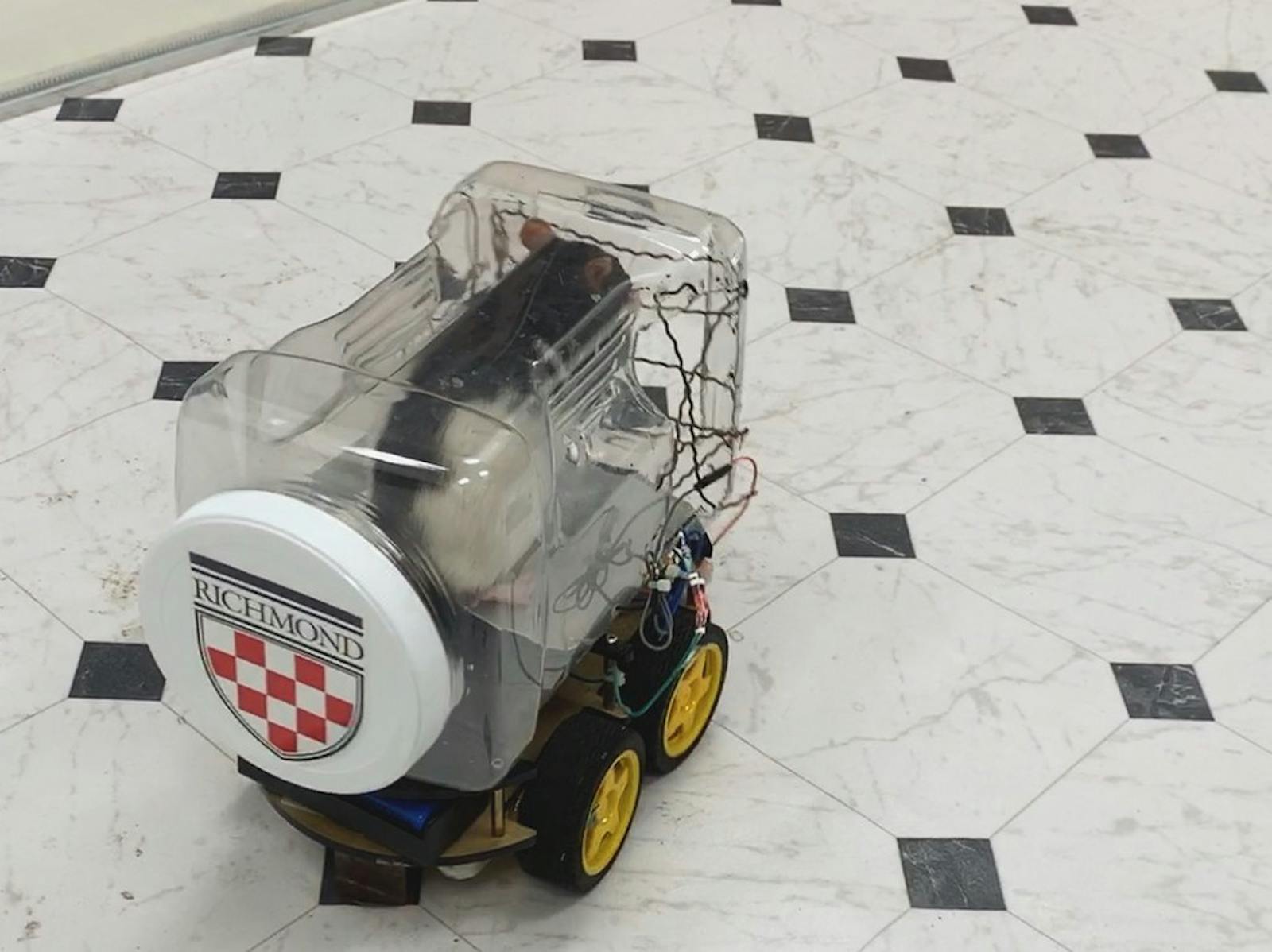Charger Super Bee returns, Toyota pumps (more) billions into batteries, Polestar’s sell-out stunner
Dodge brings back Super Bee for Hemi’s final year
Intake: Dodge just showed off the second of seven “Last Call” models that will be used as a sendoff for the Challenger and Charger. This one, the Charger Super Bee, will be limited to 1000 models, just like the previously announced Shakedown. Each is based on the 392-Hemi-powered Scat Pack and will come with the Plus Group (power tilt/telescope steering wheel, auto-dimming mirrors, Nappa/Alcantara seats, and more) and the carbon/suede package (suede headliner, real carbon-fiber dash inserts). To set these new Bees apart, each will receive Super Bee graphics and badging inside and out along with adaptive dampers configured with a Drag Mode. To help the suspension on the strip, 500 will be built in B5 blue with 20×9.5-inch rear wheels sporting 275-series drag radials, and 500 Plum Crazy units will be built using widebody hardware and 18×11-inch wheels with 315-series rubber.
Exhaust: Mopar has always been good with delivering on muscle car graphics. The Plum Crazy widebody with the strobing hockey stripe on the quarter panel and Super Bee on the hood is just the right amount of over-the-top. The quick-shifting automatic gearbox and the ability to launch hard off the line will make these a blast to drive on the dragstrip. —Brandan Gillogly
Ariel Hipercar gets 1200 hp of electric oomph … and a gas turbine
Intake: First there was the amazing ultra-light Atom, then came the awesome all-terrain Nomad. Now England’s Ariel Motor Company has unveiled its first electric car, and it’s every bit as insane as you’d expect. The Hipercar uses a Cosworth-designed 800-volt, 62-kWh battery pack with a 300-hp inboard motor driving each wheel for a total output of 1200 horses. Given the full beans, the Hipercar will reach 60 mph in 2.09 seconds and 100 mph in 4.4, but Ariel reckons some torque-vectoring tweaks will drop those times below two and four seconds, respectively. The batteries provide up to 150 miles of driving range; if you want to go further, a small gas turbine engine (also from Cosworth) to extend the range will be offered as an option. You’ll also be able to choose between all-wheel- and rear-wheel-drive models, the latter offering more palatable price tag. In both configurations, the car’s, er, daring styling is the same. Even in a stealthy black paint scheme there’s a lot to process, with all manner of fins and vents suggesting that aerodynamic function was definitely ahead of form on the design agenda. Production isn’t slated until some time in 2024, with price estimated to fall under $1.2 million.
Exhaust: It’s another brilliant example of Ariel’s out-of-the-box thinking and goes to show you don’t need a huge mass of batteries to take EV performance to the extreme. We’re looking forward to seeing the Hipercar chase the record-smashing McMurtry Spieling up Goodwood’s hill as soon as possible. —Nik Berg
Toyota pumps another $2.5B into new Liberty, North Carolina battery plant
Intake: Toyota has announced an additional investment of $2.5 billion into its new battery manufacturing plant in Liberty, North Carolina. The plant, which got its start thanks to a $1.29B investment in 2021 (as part of a broader $70B, global investment from Toyota in electrified powertrains), will produce batteries for hybrid-electric- and fully electric vehicles. Toyota expects production at the plant to start in 2025. “This plant will serve a central role in Toyota’s leadership toward a full electrified future and will help us meet our goal of carbon neutrality in our vehicles and global operations by 2035,” said Norm Bafunno, senior vice president, Unit Manufacturing and Engineering at Toyota Motor North America. The plant initially promised around 1750 new jobs to the Liberty area, and the new investment will add another 350, bringing the total job count to roughly 2100.
Exhaust: Note that mention of future hybrid vehicles: Toyota, along with other Japanese automakers, has expressed doubts about the feasibility of an EV-only lineup. Aside from the GR86, the Supra, the Tacoma, and the 4Runner, the latter two of which are due for a new generation (and likely some hybrid tech), every vehicle in Toyota’s lineup currently offers the choice of a hybrid powertrain. (The new bZ4X, a collaboration with Subaru, is a pure BEV.) Late last year, Toyota unveiled 12 new electric vehicles as part of a preview for the future of the automaker and its luxury arm, Lexus. Expect the batteries from this Liberty plant to be central to the arrival of those forthcoming models, and for hybrid vehicles to carry on to at least the end of the decade. — Nathan Petroelje
Polestar 6 L.A. Concept sells out in a week

Intake: The first 500 examples of the pretty Polestar 6 convertible have found owners a full four years before deliveries begin. Known as the L.A. Concept Edition, these first 500 cars will be slathered in the gorgeous Sky Blue paint seen on the original O2 Concept, unveiled earlier this year. Even though final pricing hasn’t been confirmed, 500 EV enthusiasts slapped down $25,000 deposits to secure a build slot as soon as Swedish/Chinese brand confirmed the 6 would enter production. It’s estimated that a further $175,000 will be required to take ownership when deliveries begin in 2026. “The high interest from our customers shows that a stunning electric roadster like Polestar 6 has high relevance in the sports car arena,” announced CEO Thomas Ingenlath.
Exhaust: Ingenlath’s assertion that “The open-top-plus-electric combination is clearly one that appeals to even the most diehard petrol heads,” might be pushing it, but there’s no doubt that a market exists for emissions-free, top-down driving. We wonder how many canceled Tesla Roadster orders are among that first 500. –NB
Check out the Hagerty Media homepage so you don’t miss a single story, or better yet, bookmark it.


